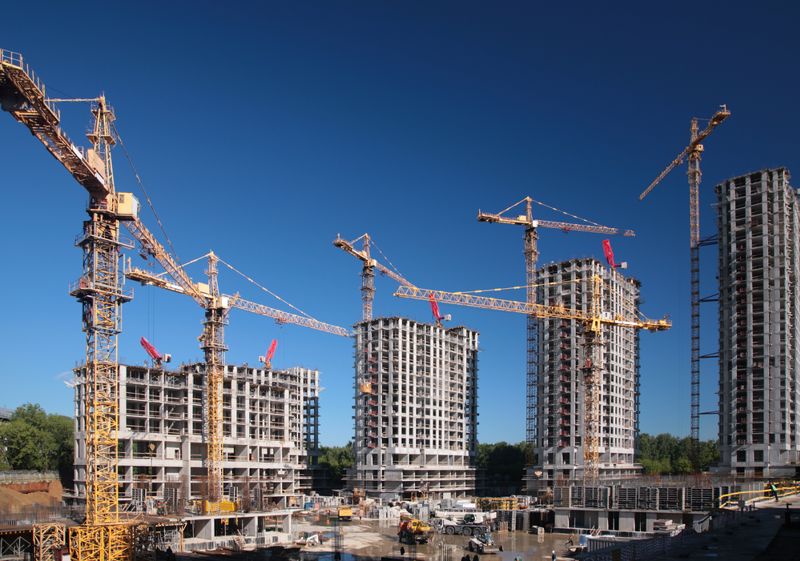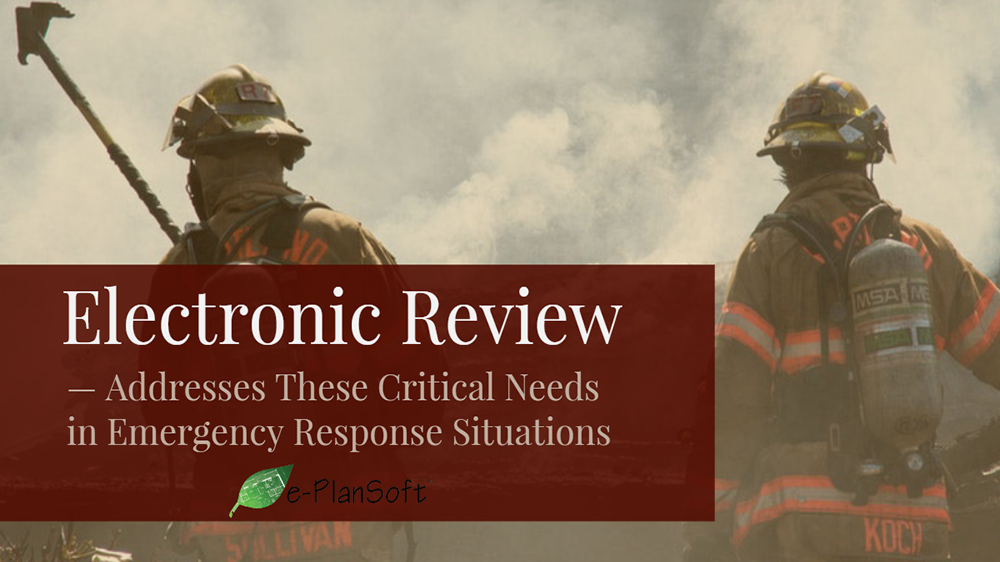3 Reasons Agencies Shouldn’t Tie Their Digital Plan Review Future to a Single Permitting Platform
As agencies modernize their digital plan review workflows, they’re aiming for faster turnaround times, higher transparency, and a more predictable...

Explore our 2024 comparative review, your ultimate guide through the top-tier plan review solutions.
3 min read
 e-PlanSoft™ Team
Jan 9, 2023 1:07:43 AM
e-PlanSoft™ Team
Jan 9, 2023 1:07:43 AM

Construction of a building, public works projects, electrical work, residential development — all of these things usually require a permit obtained from a city clerk in the local government. Permits aren't just formalities; they ensure the safe construction of a project, not to mention help contractors avoid potentially lofty fines.
Here, we'll talk about what a permit is, why applicants like you need them, how to get one, and how to make the process easier with eplanning.
A permit is, in its simplest definition, "an official document giving someone authorization to do something," according to Oxford. Permits are usually issued by local governments or other regulatory bodies, and they act as government-sanctioned permission to perform an act, such as the construction of a property. You have to apply for a permit before it can be granted to you. Most of the time, you'll submit permit applications to City Hall or some other building authority.
One example of a permit is a building permit. This consists of other subvariations: electrical, plumbing, fire sprinkler system permits and so on. Put all these individual types together and you have the makings of a safe, regulation-specific project.

The simplest reason you need a construction permit is that it's often required by law. If a contractor begins construction for a project that legally requires a permit without obtaining one, they can be fined for every day they fail to return the land to its original state. This is in addition to the cost of undoing the work.
However, permits do serve a pragmatic purpose. For starters, they ensure the safety of the property. To obtain a permit, an inspector is dispatched to overlook the area where construction is to occur to ensure it isn't hazardous. Without proper planning of a project, contractors run the risk of people becoming injured during construction.
Permits also take zoning laws into account before construction can begin. Finally, permits typically mean regular inspections from local government authorities to be sure whatever was constructed remains safe throughout its lifespan. This means that surrounding areas are also protected. Sometimes, permits enforce particular energy standards to make the property more energy efficient.

There is a wide range of permit types, from a parking permit to public works to electrical work to a work permit. For the sake of this article, we're mostly referring to a construction or building permit. However, there are many subtypes of permits, including:
Many occupations require the use of permits as a part of their job function. City planners, for example, use permits if they want to make additions or changes to their municipalities. These additions are sometimes used to create smart city initiatives, which are ambitious improvements to city infrastructure tying city services to the Internet of Things (IoT). These might include additions meant to aid law enforcement, parking services, first responders, or transportation services.
The steps of obtaining permits vary depending on what kind of permit you're seeking — a work permit or visitor permit is obtained very differently from an electrical work permit or residential permit. Applicants who are seeking a construction permit go through these steps:
The amount of time it takes to apply for and receive a permit varies depending on the complexity of the project and how busy the building authority is. Permits for simpler assignments can be obtained very quickly — sometimes on the same day of applying — and more intricate projects can take several months. Most of the time, however, the matter can be resolved in a few weeks after applying.
With both planning and permitting becoming digital, eplanning is the natural extension of epermitting. Plan review online services such as e-PlanReview® is a part of the process of obtaining a permit.
Eplanning is about taking the plan review process and making it user-friendly. Gone are the days when plan reviewers have to collect stacks upon stacks of paper plans, mark them up and set up meetings to collaborate with other team members before submitting the plan to city hall or another building authority. Now, all of that can be done online in the cloud on a web-based platform.
While eplanning hasn't taken over traditional plan reviews quite yet in the U.S., it has in certain other countries as they developed a response to the COVID-19 pandemic. The state of New South Wales in Australia and Scotland have taken local governments and equipped them with electronic plan review platforms. Traditional plan reviews simply aren't a thing anymore in these places.
Traditional planning is slowly but surely being overtaken by eplanning for its added convenience. While there are many different types of permits, each one serves a distinct purpose, and certain types of planning can be made much easier with eplanning. You too can take advantage of electronic plan review software to assist you with the plan review process.
At e-PlanSoft, we offer a wide range of software solutions that can assist you with eplanning and its many aspects, with different applications for varying roles.

As agencies modernize their digital plan review workflows, they’re aiming for faster turnaround times, higher transparency, and a more predictable...

Across government agencies, one theme keeps coming up: staff need to do more with less. Reviewers are juggling high volumes of complex plan sets...

Remote work has become a normal part of life for building and planning departments. Whether during office closures, holidays, or hybrid schedules,...

As a plan reviewer, you and your team are starting to have difficulty keeping track of the different versions of the plan set. You were using one you...

As a plan reviewer, you and your team are starting to have difficulty keeping track of the different versions of the plan set. You were using one you...

Few events in life resonate with such impact that every person on the planet can remember where they were the moment it happened. Tuesday, Sept. 11,...